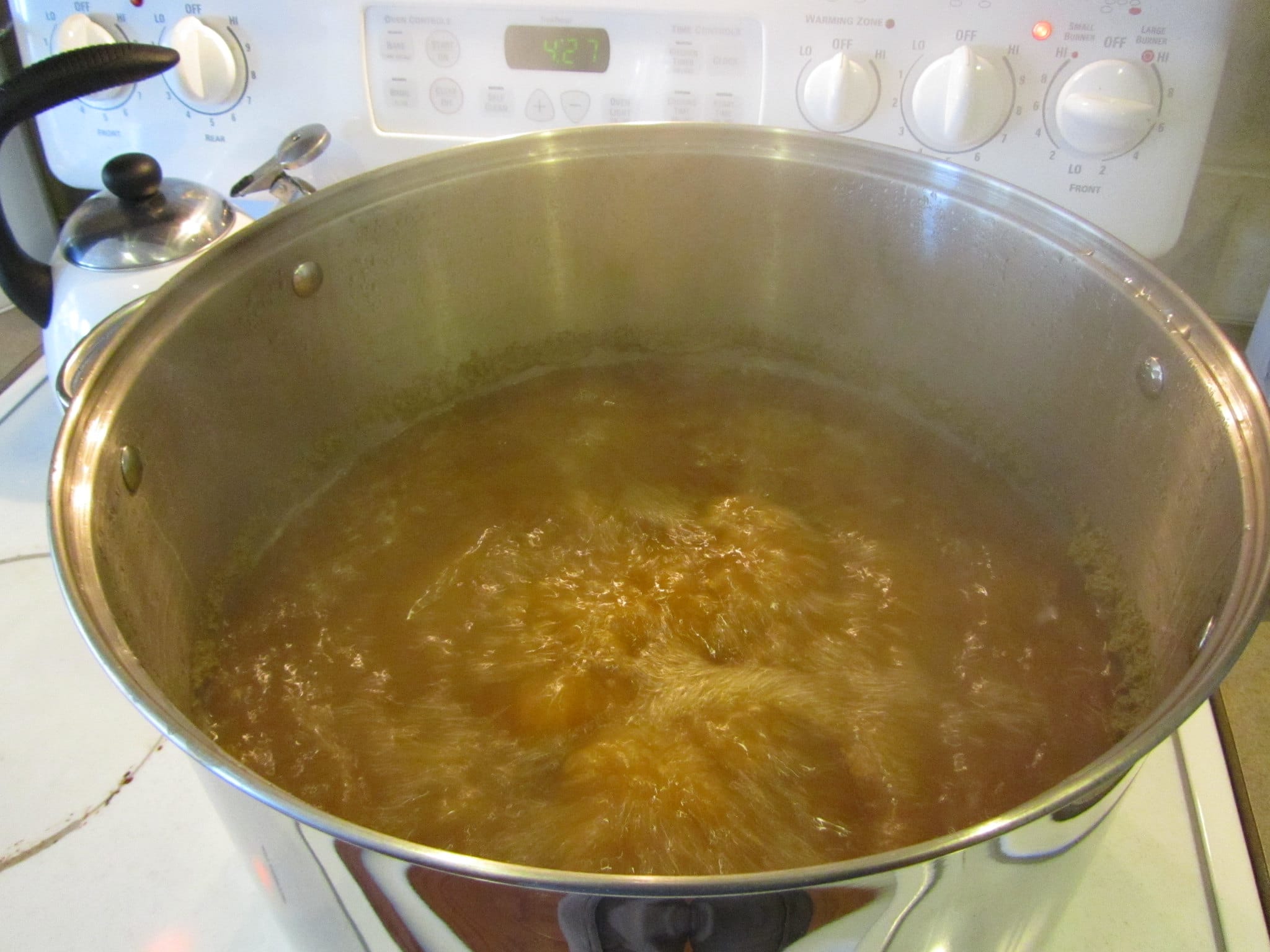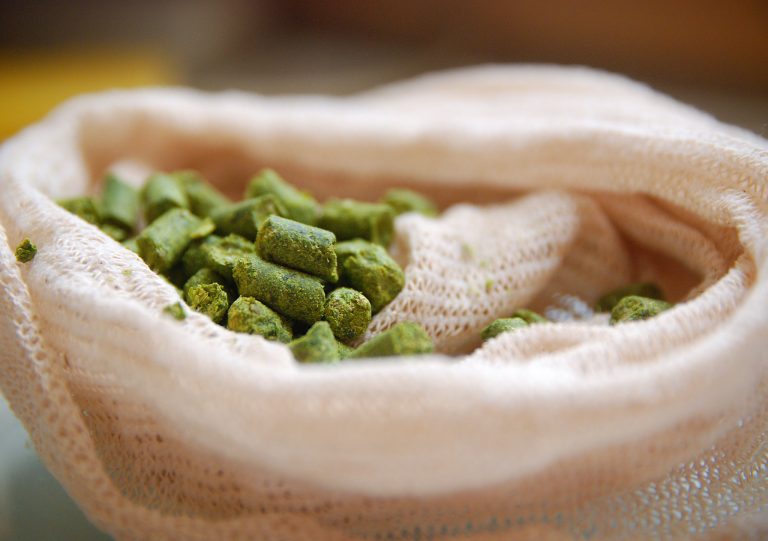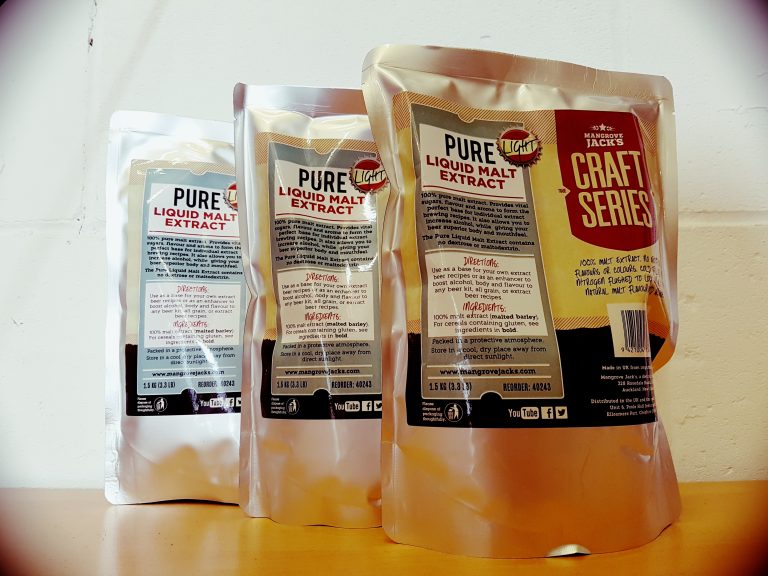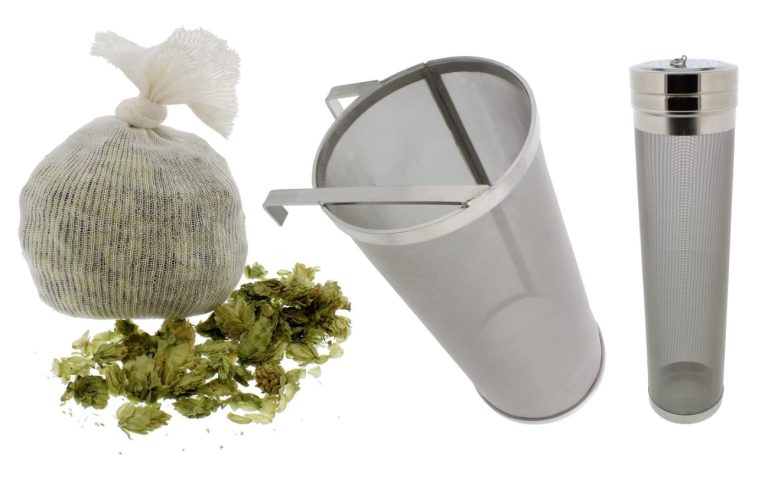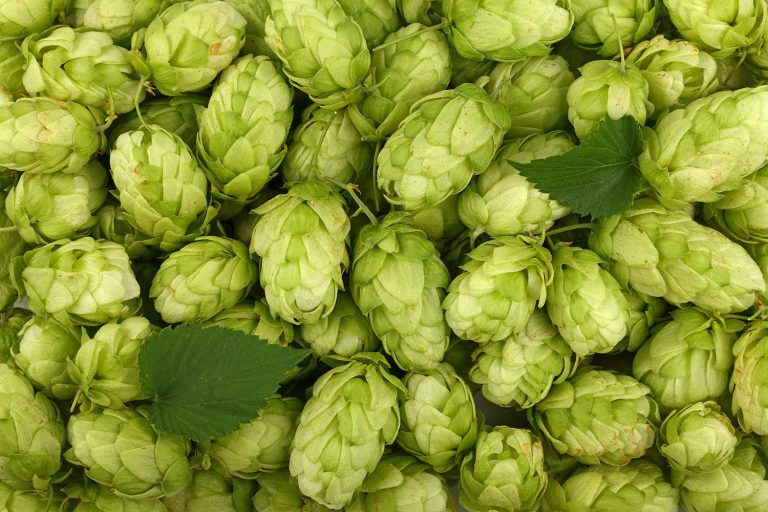Why Are Boil Times Typically 60 Minutes Long?
58% of the top hundred recipes on BrewersFriend.com suggest a 60-minute boil time. 31% of them ask you to spend 90 minutes of your life boiling wort. How important are these times? What happens if you shorten them?
We wanted to know the answer to these questions and more, so we dug around the internet to find advice, statistics and recommendations from some top experts in home brewing.
Why is Boiling Needed?
Boiling your wort provides many benefits to your finished beer. The benefits span a mix of safety precautions and flavor enhancements.
Sanitization of Wort
Heating your wort up to boil temperature is needed to sanitize the wort and kill off any microorganisms that might end up spoiling your beer. This is especially true if you use well water (like me) that is untreated. If you use distilled water or chlorinated city water, you run less of a risk of infections happening.
Wort Concentration
A rolling boil typically evaporates between 1 and 1.5 gallons of water per hour, but it is hugely dependent on the surface area of the kettle, the intensity of the boil and atmospheric conditions. Boiling your wort for an extended period of time will evaporate 5-15% of the liquid, concentrating the sugars, thus leading to a higher gravity beer (more ABV). The concentration of the wort will also slightly darken the color of your beer.
Read More: Brix, Plato & Specific Gravity Conversions
Hot Break
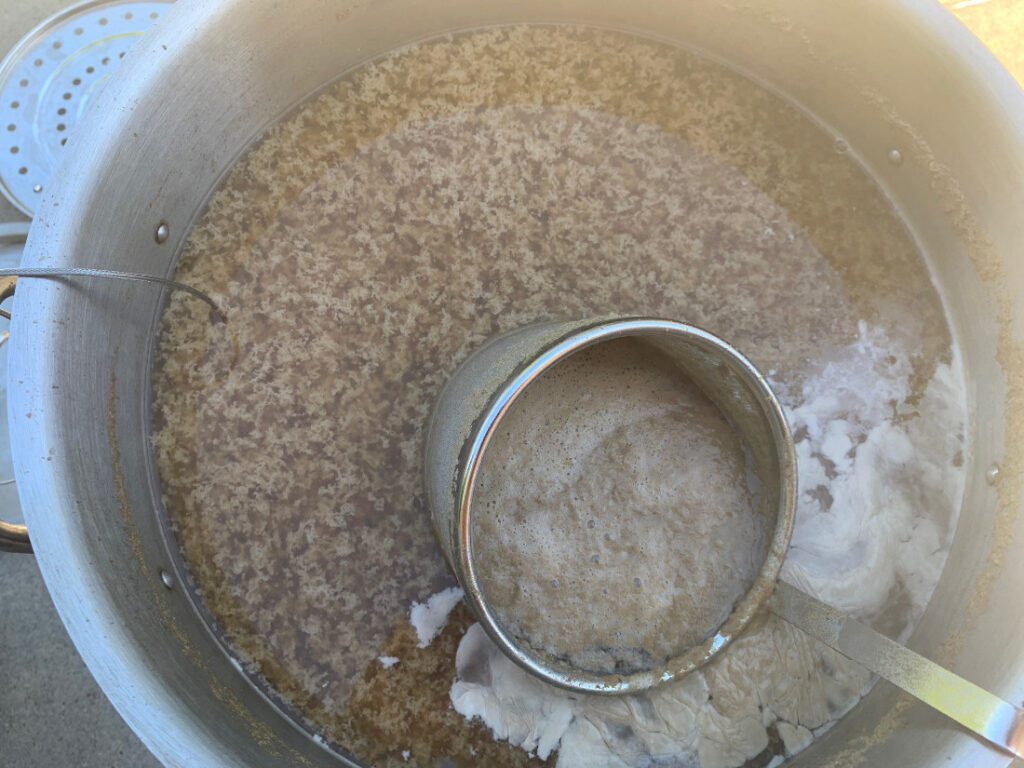
The final clarity of your beer also depends on the boil. During the first 10 minutes of boil, the proteins added from the grain mashing will coagulate together drop out of the solution. This is what’s called a Hot Break. If those proteins don’t drop out, it can lead to less stability in your final beer as well as less clarity.
Increased Bittering (IBU)
Bitter beers such as Double IPAs need to have longer boil times to get the bitterness level the style requires. The longer hops are boiled, the more bitterness is extracted from them. Without the bitterness from the hops, your beer would taste syrupy-sweet.
Creating Complex Flavors
Caramelization of the wort occurs when sugars are scorched during the boil in a non-enzymatic way. Caramelization may sometimes cause browning in the same foods in which the Maillard reaction occurs, but the two processes are distinct. While both are promoted by heating, the Maillard reaction involves amino acids, where caramelization is simply the decomposition of sugars. Both contribute to the complex flavors inside beers.
The most common method of achieving these flavors is performing a long boil. Some homebrewers will get these flavors by instead aggressively boiling a portion of the wort in a small pan, or by heating the empty kettle before the wort is drained into it. No matter which way is used, the end result is a darker beer with complex flavors.
DMS Removal
DMS – or Dimethyl Sulfide – is a sulfur compound that is considered an off-flavor in beer when it reaches high concentrations. It is introduced to beer during the mashing of wort from the thermal decomposition of S-methylmethionine (SMM), which is produced in the embryo of barley during germination. SMM is readily dissolved into the wort from malt at all mashing temperatures.
The off flavor added by high DMS concentrations usually is creamed corn, but it can also manifest itself as a foul sulfur smell.
To get rid of the DMS creating SMM compound that is introduced by the grains during mashing, you want to get your wort to a good rolling boil for an extended period of time. The half-life of SMM at boiling point is 37 minutes, which means that half of the SMM is evaporated from the boil pot at 37 minutes. The DMS added by most grains will disappear completely after the normal 60 minutes of boiling.
The Standard 60 Minutes
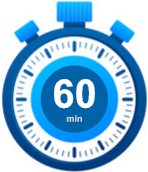
The sixty-minute boil has become almost default for most home brewers, likely due to the fact that it is by far the most common boil time in recipes we all follow.
It appears that 60 minutes became the standard because it is the shortest time to ensure that all the benefits we listed above are met.
A 60 minute boil is most common with all grain IPAs, Saisons, Stouts, Blondes, Red Ales or Hefeweizens. All of these styles are don’t require a lot of caramelization and are typically in the midrange of ABV percentages.
Why More Than 60 Minutes is Needed (Sometimes)
Of the recipes that require a longer boil time, most are because the grains being used require it. Pilsner malt is one grain that almost always needs a 90 minute boil to help reduce the chances of DMS ruining your beer. Very pale malts such as pilsner have a higher concentration SMM when compared to other base malts.
Other reasons for a longer boil time would be to darken or concentrate the wort even more, but this is only usually true for big beers such as Belgian Ales, Imperial Stouts and some Porters or Lagers.
Getting Away with Less than 60 Minutes of Boil
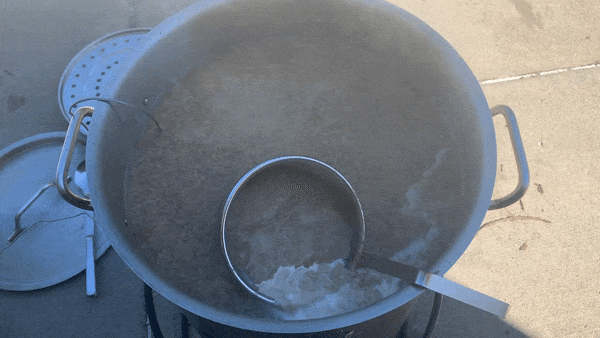
When you start a homebrewing session, you know it will take 3-4 hours of your day. It is very enticing to try and shorten it any way possible. Some of us clean our equipment as we use it, others go with the no-chill method, while others mash their grains overnight.
Some of these time-saving methods obviously just redistribute the time between different days. While spanning 4 hours of work over multiple days is better, it’s not really shortening anything.
We’ve probably all thought about just cutting the 60 minutes of boil down to 45 or 30 minutes. After all, these 60 minutes are mostly hand-on and require your full attention. Anything we can do to save on that would be very helpful to shortening (or de-stressing) your brew day.
Depending on which benefits we listed out at the top of the article are not important to you, it may allow the boil time to be reduced. For example, a light beer that does not require caramelization or the use of low DMS-producing malts will allow you to boil less.
Add in the use of reverse-osmosis (RO) or distilled water, and you can feel confident about the safety of your water with less boiling as well.
Extract Brewing
When brewing a beer with either liquid or dry malt extracts (and no grain), you can usually get away with extremely short boil times. Regardless of what the recipes call for, it is generally recommended that you add the malt extract at the very end of the boil. The reason for this is two-fold. First, extracts already went through the caramelization and hot break phases when they were created by the manufacturer. Second, they only need to dissolve into the hot water to be effective, and extra boiling of them can easily cause burnt off-flavors. You could probably get away with a 15-30 minute boil depending on the bitterness your beer requires if you’re using extracts.
Related Article: Tips & Tricks to Extract Brewing
Raw Ale
This old farmhouse method of brewing beer was traditionally done by farmers, and is starting to catch on as a new (old) style of beer.
Raw ale is an interesting idea, which basically means you don’t have a boil. While it is still suggested that you heat the wort up to maximum temperature to sanitize it, you don’t actually let it get into a rolling boil. If the wort is raw, or not boiled, then the hops don’t isomerize to cause bitterness and there’s no hot break releasing the protein.
Raw Ales are plagued with stability issues due to the proteins never dropping out of the beer, but with the advances in low oxygen pressurized transferring of beer into kegs, this will become less of an issue.
In terms of dealing with the bitterness, some brewers create a hop tea and pour that into the raw wort. A hop tea is a small amount of boiled wort or water with hops.
Image at top of post courtesy Calvin Webster.
